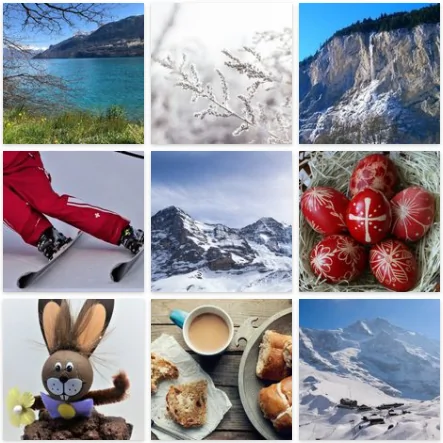|
Our neighbour was right. Die Eisheiligen (Ice Saints) arrived this morning. It was Sophie, the last one. Huge flakes (3cm) of snow! Our veggie patch neighbour was on her balcony taking photos too. From centuries-old agricultural experience with spring frosts, Die Eisheiligen or The Ice Saints is the name given to St. Mamertus, St. Pancras, and St. Servatius. They are so named because their feast days fall on the days of May 11, May 12, and May 13 respectively, known as "the black-thorn winter". This period was noted to bring a brief spell of colder weather including the last nightly frosts of the spring in the Northern Hemisphere under the Julian Calendar. The Gregorian Calendar introduced in 1582 moved the days, from the climatic point of view to became May 22–25. The Swiss weather metro have confirmed exactly these climate things until 1965 measurements were made of ground frosts. However descriptions in literature describe the fall of Eisheiligen in Central Europe over the days of 11 to 14 May (Julian Calendar). Concluding this cold phase is the Cold Sophie on May 15 finally (now 28th May). According to tradition, any frosts after this date should have no threat to agriculture. (Source: http://www.csgnetwork.com/julianmanycalconv.html) Measurements by the Swiss meteorological department since 1965 acknowledge a slightly higher frequency of ground frosts 22 – 24 May however do not concussively determine this as a particular phase. (Source: http://www.meteoschweiz.admin.ch/home/klima/vergangenheit/klima-der-schweiz/berichte-rund-ums-jahr/die-eisheiligen.html ) Graph shows Frequency of ground frost in April and May 1965-2008, Analyzed for the measurement series Payerne (490 m above sea level. M.)
Certainly this meteorological information is not in the Bernese Oberland area, however the locals say that a late Sophie means a long Summer. A good thought as I watch the unfamiliar low clouds roll past the Staubbach Falls. There is a dusting of icing sugar snow on the pine tree forest on top of the massive cliffs and the snow has become a light rain and the dog walkers are not deterred and day trippers gather in the car park with their self sticks to capture the Staubbach Falls behind them.
0 Comments
Oh what a wonderful morning, bright blue sky so early however with the promise of later clouds from the weather underground that I was hoping would be wrong. Sounds of rushing water everywhere as more snow melts. Some canoeists arrive to put their craft into the White Lütchine for a speedy ride to Lake Thun. They were eager to get going and rushed like the water to get in and keep pace with it. Unlike us watching from the balcony, we were not in a hurry and enjoyed seeing their bobbing helmet heads pass swiftly by and their dedicated driving ladies dove away to probably get a quick coffee before picking up their river men……….Sunday is an extra lovely quiet day, as we and neighbours sit on our balconies soaking in the sun and listening to the noisy waters and watching the world. Water from the tumbling Staubbach Falls, the White Lütchine and the little Lütchine Bächli that runs past the apartment. Nice that one can see little fish in the Bächli though too small for fishing so the youths fish from the larger White Lütchine with a rod and net for an hour, but no luck today.
So much to see from the balcony. Our neighbour in the large house to the left has not planted her vegetable garden yet as she waits for the last Eisheiligen due to finish by 25. May. Day trippers wander into the field in front of the Sportanlage where there are tennis courts and mini-golf…..they get a similar magnificent view of the Staubbach Falls and the Breithorn mountain to the left up the valley as from our our balcony and right now the field is blooming with white and yellow flowers and some purple colour splashes too, all great for photos. The birds are happy with the weather and sing about it, they must like all the extra leaves worn by the huge trees opposite the apartment. So many different greens and almost covering the church except for the clock and steeple. Spring is here. Back from a leisurely stroll along the edge of the White Lütchine. We hopped over barbed wire to reach more amazing views of many waterfalls on the Wengen side opposite the Staubbach falls and Buchenbach Falls. It's 6pm and we are still in shorts and short sleeves and back on the balcony listening to the birds’ evening song and watch some dog-walkers along the White Lütchine path opposite as the Sunday evening bells chime ‘ time for supper’. The sonorous bells play again at 6:50 to announce an evening service there and close the day. We enjoyed the balcony until 9pm. |
Eyhus 5
Where dreams begin for outdoor adventures in the inspiring Jungfrau region Categories
All
Archives
July 2024
|
|
Eyhus 5,
3822 Lauterbrunnen, Schweiz Email: [email protected] About Us: We love the Jungfrau Region and enjoy helping guests to plan and discover the beauty here for themselves. Summer, Winter, Spring and Autumn each have their opportunities to give inspiration in this amazing Playground. |
|
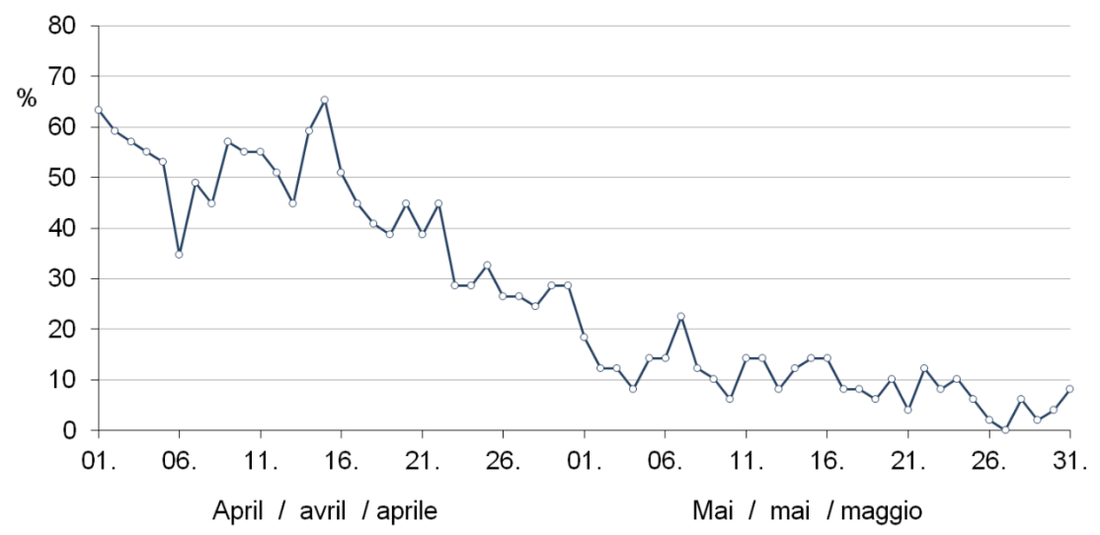
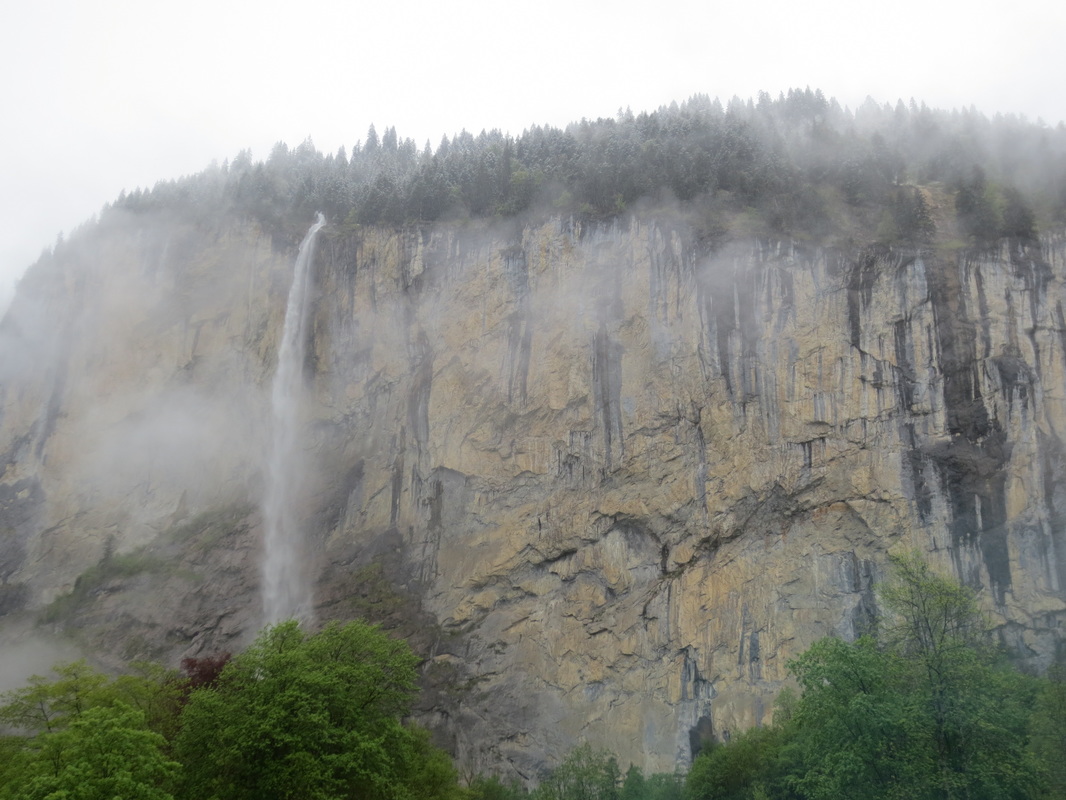
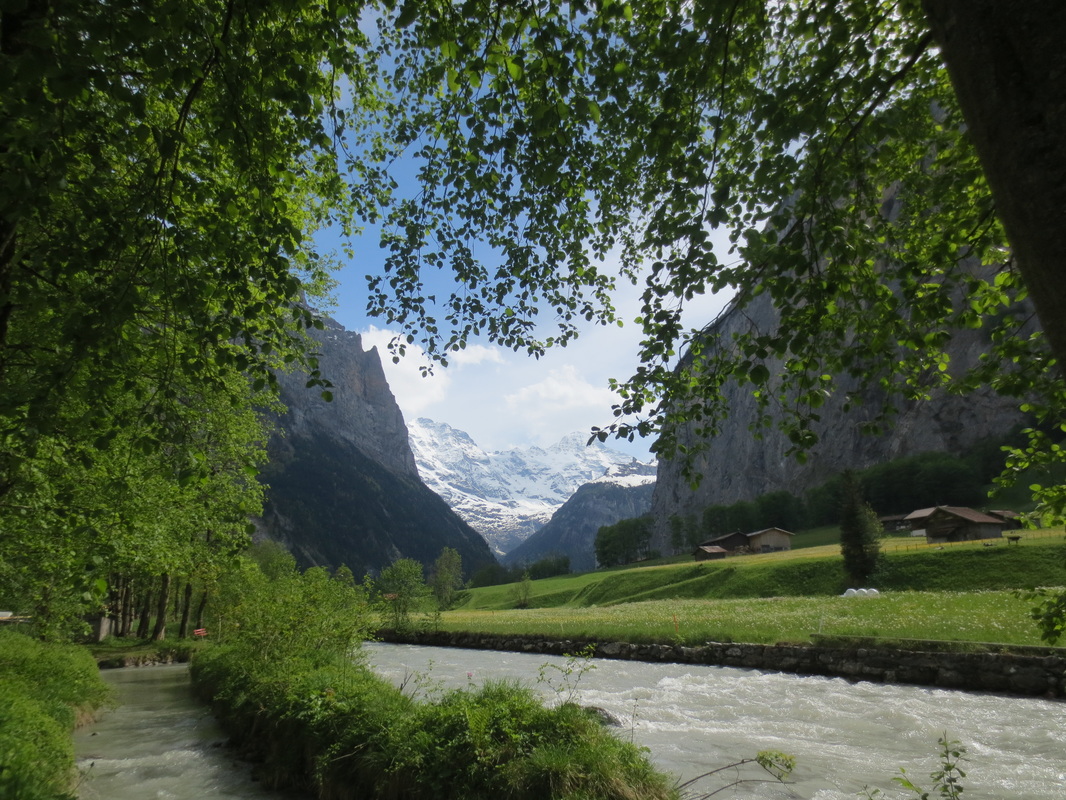
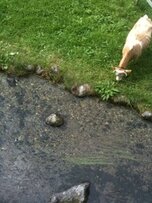
 RSS Feed
RSS Feed
